High-Rise Building Cost Estimate
Constructing a high-rise building is a monumental task that involves substantial planning, coordination, and financial investment. High-rise buildings are typically used for commercial, residential, or mixed-use purposes and require careful consideration of various factors to ensure a successful project. This article provides a detailed guide to estimating the costs associated with building a high-rise structure, including materials, labor, permits, and additional factors that can influence the overall expense. By understanding these costs, developers and investors can make informed decisions and plan their projects effectively.

Detailed knowledge of these expenses can also help in securing financing, negotiating contracts, and managing construction timelines efficiently.
Factors Influencing High-Rise Building Costs
Location
The location of the construction project significantly impacts the overall cost. Urban areas typically have higher costs due to the high price of land, labor, and materials. Additionally, specific locations might have stringent building codes and regulations that can influence the construction process. For instance, high-rise buildings in coastal cities might require additional measures for hurricane or earthquake resistance, which can increase costs. Proximity to suppliers and logistical considerations also play a crucial role in determining overall expenses. Moreover, the location can affect the type of foundation required, with areas prone to flooding or earthquakes needing more robust and expensive foundations.
Region | Estimated Cost (per sq ft) |
Northeast | $360 – $600 |
Midwest | $300 – $480 |
South | $330 – $540 |
West | $420 – $720 |
Size and Height of the Building
The size and height of the high-rise building are primary factors affecting the total cost. Taller buildings require more robust structural elements, additional safety features, and more complex construction techniques. The overall square footage also impacts costs, as larger buildings require more materials and labor. Furthermore, the design complexity, including the number of floors, architectural features, and the layout of the building, can significantly influence costs. Higher buildings also necessitate advanced mechanical, electrical, and plumbing systems to ensure efficient and safe operation.
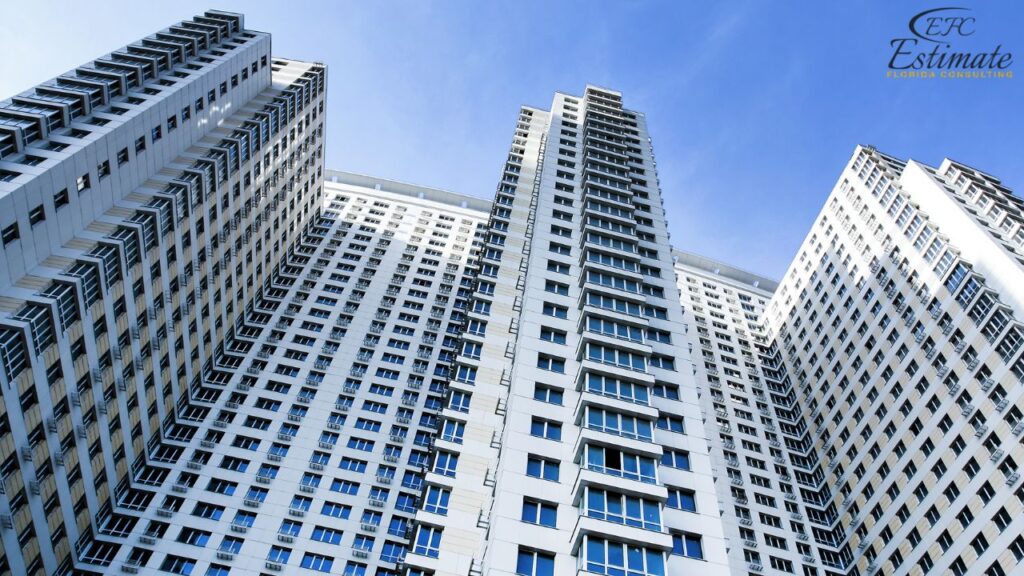
Building Size (sq ft) | Estimated Cost |
100,000 | $36,000,000 – $60,000,000 |
200,000 | $72,000,000 – $120,000,000 |
300,000 | $108,000,000 – $180,000,000 |
Type of Materials
The type of materials used in the construction of a high-rise building significantly impacts the overall cost. High-quality materials ensure durability, safety, and aesthetic appeal but come at a higher price. For instance, using reinforced concrete or steel framing for the structural core is more expensive than using traditional wood framing. Additionally, the choice of exterior cladding, interior finishes, and sustainable materials can also affect costs. Opting for energy-efficient systems and eco-friendly materials might increase initial costs but can lead to long-term savings and benefits. The choice of materials for windows, insulation, and roofing can also affect the building’s energy efficiency and maintenance costs.
Material Type | Estimated Cost (per sq ft) |
Basic | $300 – $360 |
Mid-Range | $360 – $480 |
High-End | $480 – $720 |
Labor Costs
Labor costs vary depending on the complexity of the project and the local labor market. Skilled labor, such as electricians, plumbers, and specialized construction workers, may cost more but ensure high-quality work that meets local building codes. Additionally, labor costs can fluctuate based on demand and the availability of qualified professionals. It’s crucial to hire experienced contractors and construction teams who can efficiently manage the project and ensure timely completion. Labor shortages or high demand in certain areas can drive up costs significantly. Furthermore, labor costs can be affected by the need for specialized skills, such as installing complex HVAC systems or advanced electrical systems.
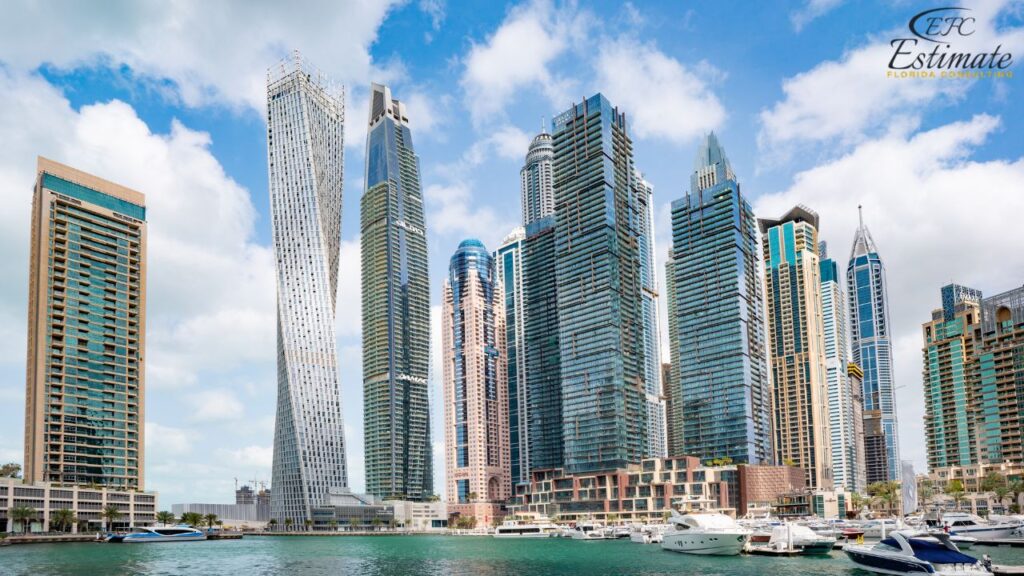
Labor Type | Estimated Cost (per hour) |
Basic Labor | $96 – $144 |
Skilled Labor | $144 – $240 |
Specialized Labor | $216 – $360 |
Permits and Fees
Obtaining the necessary permits and paying associated fees is an essential part of the construction process. These costs can vary widely depending on the location and the scope of the project. Permits ensure that the construction complies with local building codes and regulations, which is crucial for the safety and durability of the building. In addition to building permits, projects might require environmental permits, zoning permits, and various inspections throughout the construction process. Failing to secure the necessary permits can lead to significant delays and additional costs. Properly managed permits and inspections help in avoiding legal issues and ensure that the building meets all regulatory standards.
Permit Type | Estimated Cost |
Building Permit | $12,000 – $60,000 |
Environmental Permit | $6,000 – $24,000 |
Zoning Permit | $2,400 – $12,000 |
Download Template For High-Rise Building Project Breakdown
- Materials list updated to the zip code
- Fast delivery
- Data base of general contractors and sub-contractors
- Local estimators
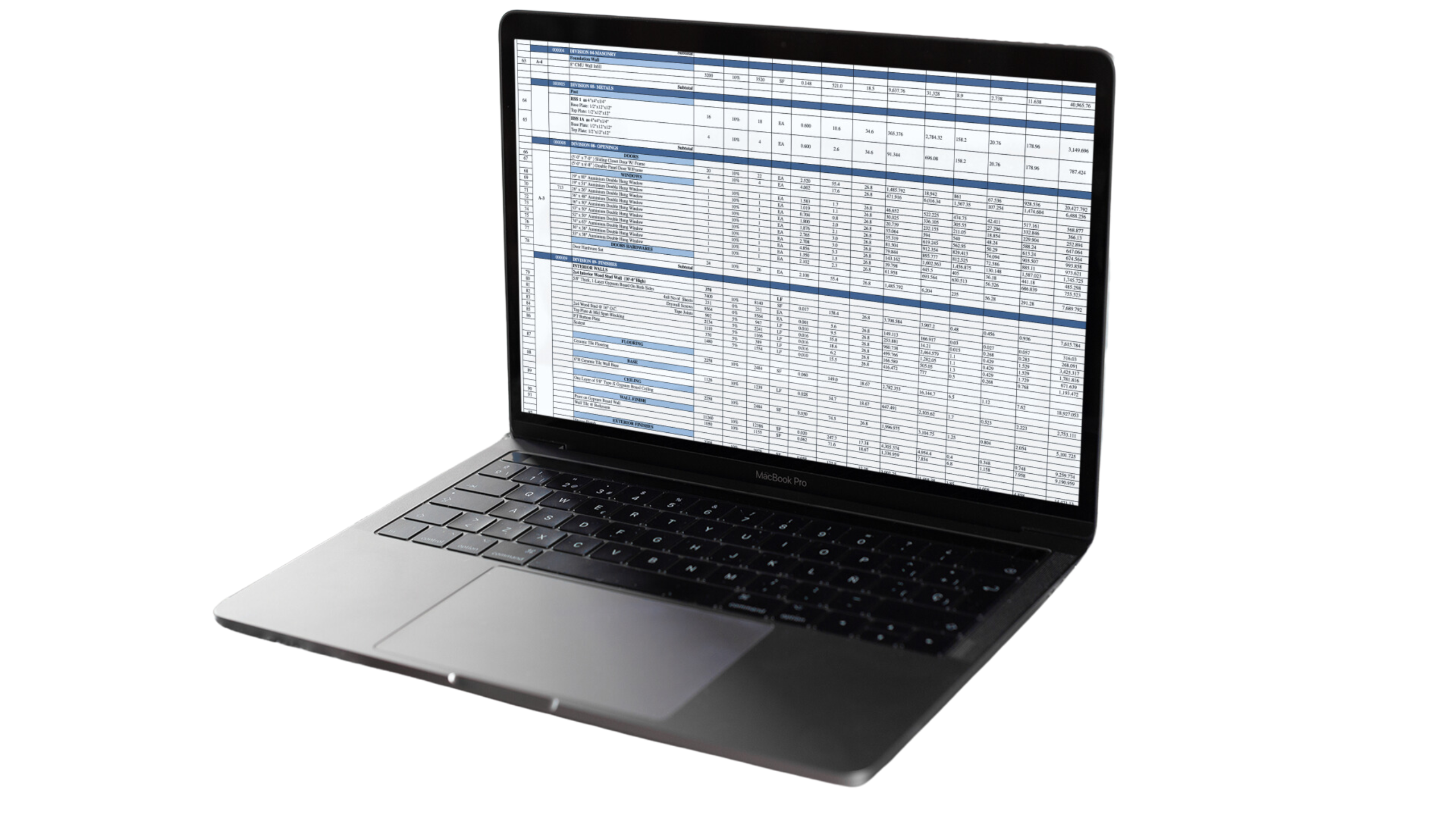
Detailed Cost Breakdown
Here’s a detailed cost breakdown for constructing a high-rise building, considering various factors:
Cost Component | Estimated Cost (for 200,000 sq ft) |
Land | $28,800,000 – $86,400,000 |
Site Preparation | $7,200,000 – $21,600,000 |
Foundation | $14,400,000 – $43,200,000 |
Structural Framing | $28,800,000 – $86,400,000 |
Exterior Cladding | $21,600,000 – $64,800,000 |
Interior Finishes | $43,200,000 – $129,600,000 |
Mechanical Systems | $14,400,000 – $43,200,000 |
Electrical Systems | $14,400,000 – $43,200,000 |
Plumbing Systems | $7,200,000 – $21,600,000 |
Permits and Fees | $7,200,000 – $28,800,000 |
Total | $259,200,000 – $712,800,000 |
Examples of Total Construction Costs for Different Scenarios
Basic High-Rise Building (200,000 sq ft)
- Low-end: $259,200,000
- High-end: $432,000,000
This includes basic materials and labor costs. It’s an economical option for those looking to build a functional high-rise without high-end finishes. Basic high-rise buildings typically feature standard-grade materials and designs that prioritize functionality and cost-efficiency. This option is ideal for developers aiming to maximize their return on investment while meeting essential safety and functionality standards. These buildings often cater to budget-conscious tenants or businesses looking for practical spaces without luxury amenities.
Mid-Range High-Rise Building with Upgraded Finishes (200,000 sq ft)
- Low-end: $432,000,000
- High-end: $648,000,000
This includes mid-range materials and upgraded finishes, providing a balance between cost and quality. This option is ideal for developers seeking to create a more aesthetically pleasing and durable structure. Mid-range high-rise buildings often feature enhanced architectural designs, better-quality materials, and improved mechanical systems, offering a higher standard of living or working space while still being cost-effective.
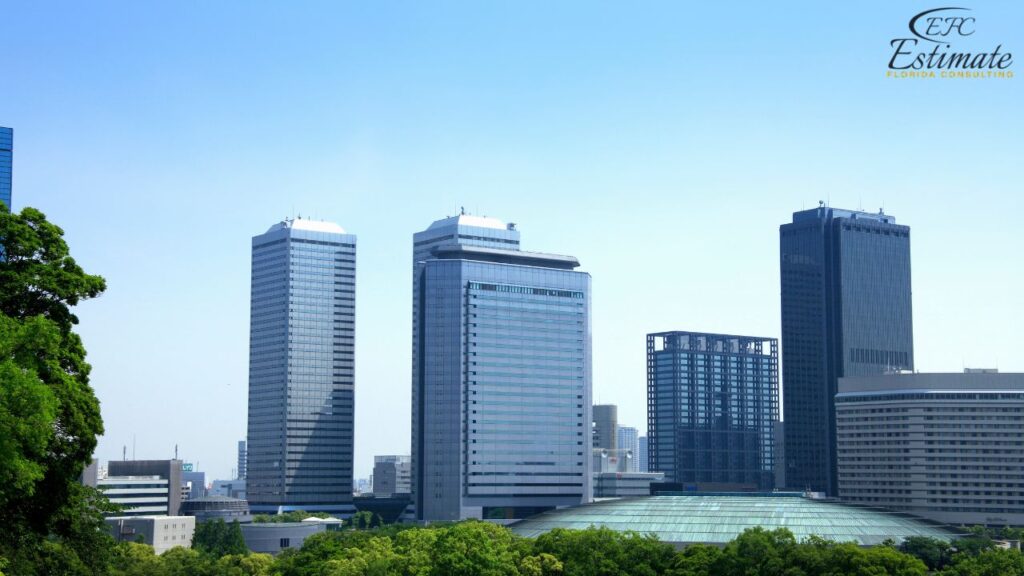
These buildings might attract higher rents or sales prices due to their superior design and amenities, making them a good investment for targeting mid-to-high-end markets.
High-End High-Rise Building with Premium Features (200,000 sq ft)
- Low-end: $648,000,000
- High-end: $864,000,000
This includes high-end materials, premium features, and top-quality labor. It’s perfect for those who want a luxurious high-rise with all the modern amenities and the highest level of craftsmanship. High-end high-rise buildings typically include custom designs, state-of-the-art technologies, and superior materials, providing unparalleled luxury and comfort. These buildings are often located in prime urban areas and cater to high-end residential or commercial markets. They offer exceptional amenities such as concierge services, advanced security systems, and high-end interior finishes, attracting affluent clients willing to pay a premium for luxury and exclusivity.
Additional Costs to Consider
Sustainability Features
Incorporating sustainability features into high-rise buildings can increase initial costs but offer long-term savings and environmental benefits. These features might include energy-efficient HVAC systems, solar panels, green roofs, and sustainable building materials. Sustainable buildings often attract higher rental rates and lower operational costs, making them a valuable investment. Additionally, they contribute to environmental conservation and can help developers qualify for green building certifications, which can enhance the building’s marketability and appeal to eco-conscious tenants.
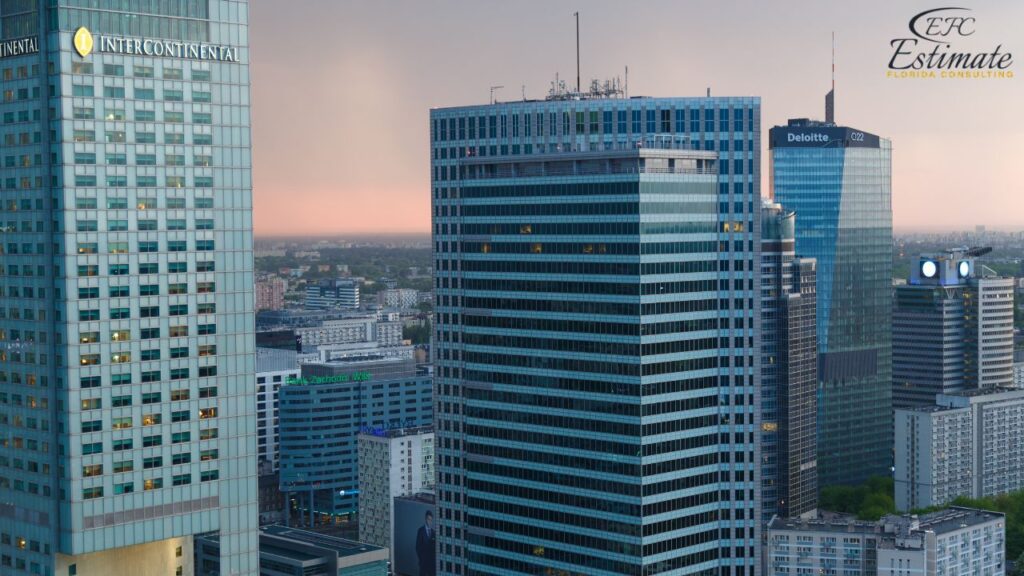
Sustainability Feature | Estimated Cost |
Solar Panels | $1,440,000 – $4,320,000 |
Green Roof | $2,880,000 – $7,200,000 |
Energy-Efficient HVAC | $1,800,000 – $4,800,000 |
Technology Integration
Modern high-rise buildings often incorporate advanced technologies to improve safety, efficiency, and tenant experience. These technologies include smart building systems, high-speed internet infrastructure, and advanced security systems. Integrating these technologies requires additional investment but can significantly enhance the building’s appeal and functionality. Smart building systems can include automated lighting, climate control, and security systems that improve energy efficiency and occupant comfort. High-speed internet infrastructure is essential for attracting tech-savvy tenants and businesses, while advanced security systems provide peace of mind and protect valuable assets.
Technology Type | Estimated Cost |
Smart Building Systems | $2,400,000 – $7,200,000 |
High-Speed Internet | $600,000 – $2,400,000 |
Advanced Security | $1,200,000 – $3,600,000 |
Parking Facilities
Providing adequate parking facilities is essential for high-rise buildings, especially in urban areas. The cost of building parking structures depends on the type of parking system (e.g., underground, multilevel) and the number of spaces required. Efficient parking solutions can enhance the building’s value and convenience for tenants. Underground parking is more expensive due to the need for excavation and structural support, but it maximizes land use and offers better security. Multilevel parking structures are cost-effective and can be designed to blend with the building’s architecture, offering both functionality and aesthetic appeal.
Parking Facility Type | Estimated Cost |
Underground Parking | $12,000,000 – $36,000,000 |
Multilevel Parking | $9,600,000 – $28,800,000 |
Get 5 New Leads Next 7Days With Our System
- Multi-Family Building
- Hotel Building
- Hospital Building
- Warehouse Building
- High-Rise Building
- Shopping Complex
Conclusion
Constructing a high-rise building is a complex and costly endeavor that requires meticulous planning and budgeting. Understanding the various factors that influence costs, including location, size, materials, labor, permits, and additional features, is crucial for successful project execution. By considering these factors and incorporating detailed cost estimates, developers and investors can ensure that their projects stay within budget and meet their financial and functional goals. Proper planning and investment in high-quality materials, skilled labor, and modern technologies can enhance the building’s value, appeal, and long-term performance. Whether aiming for a basic, mid-range, or high-end high-rise, careful consideration of costs and features will ensure a successful and profitable development.
FAQs
Constructing a high-rise building involves several key cost-influencing factors:
- Location: Urban areas generally have higher costs due to land prices, labor rates, and regulatory requirements.
- Size and Height: Taller and larger buildings require more materials and complex structural elements.
- Materials: The type and quality of materials used significantly impact costs.
- Labor: Skilled labor costs vary based on demand and local market conditions.
- Permits and Fees: Obtaining necessary permits and complying with regulations adds to project costs.
- Additional Features: Features like sustainability measures, technology integration, and parking facilities also affect costs.
Location plays a crucial role in determining costs:
- Urban vs. Rural: Urban areas often have higher costs due to land scarcity and higher labor and material prices.
- Regulations: Coastal or seismic-prone areas may require additional construction measures, increasing costs.
- Logistics: Proximity to suppliers and transport routes impacts material delivery costs.
Estimated costs per square foot vary by region:
- Northeast: $360 – $600
- Midwest: $300 – $480
- South: $330 – $540
- West: $420 – $720
Size and height impact costs significantly:
- Square Footage: Larger buildings require more materials and labor, increasing costs.
- Height: Taller buildings need stronger structural elements and more complex systems, raising construction expenses.
Materials influence costs based on quality and type:
- Reinforced Concrete vs. Steel: More durable materials like reinforced concrete or steel increase initial costs.
- Interior and Exterior Finishes: Higher-quality finishes enhance aesthetics but also add to expenses.
Labor costs vary by skill level and location:
- Basic Labor: $96 – $144 per hour
- Skilled Labor: $144 – $240 per hour
- Specialized Labor: $216 – $360 per hour Demand and availability of skilled workers impact labor costs.
Permit costs vary:
- Building Permit: $12,000 – $60,000
- Environmental Permit: $6,000 – $24,000
- Zoning Permit: $2,400 – $12,000 Proper permitting ensures compliance with local regulations and safety standards.
Integrating sustainability features may increase initial costs:
- Energy-efficient Systems: Such as HVAC upgrades or solar panels can lead to long-term savings despite higher initial investments.
Green Building Certifications: Qualifying for certifications like LEED can enhance building value and appeal to environmentally conscious tenants.
Google Reviews

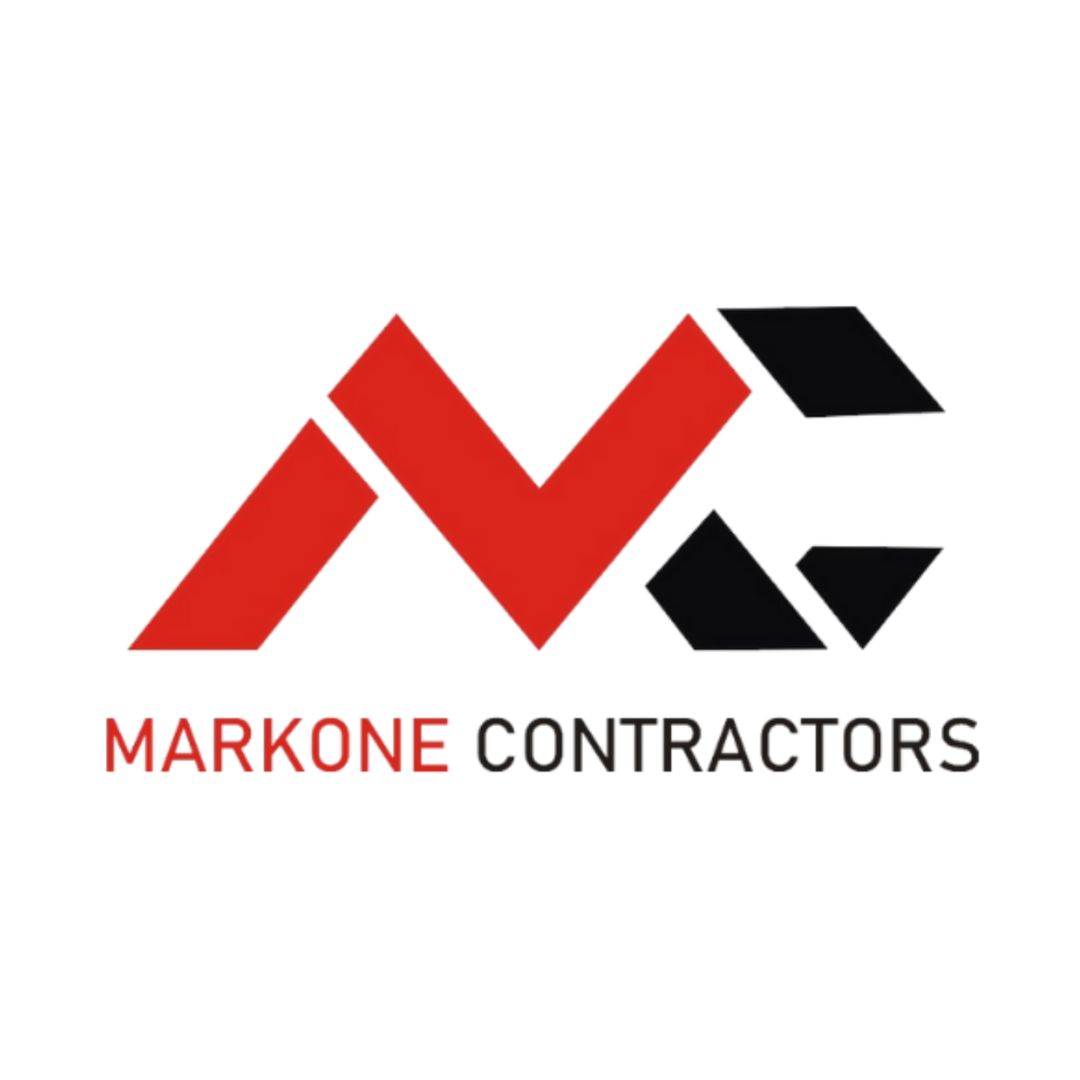
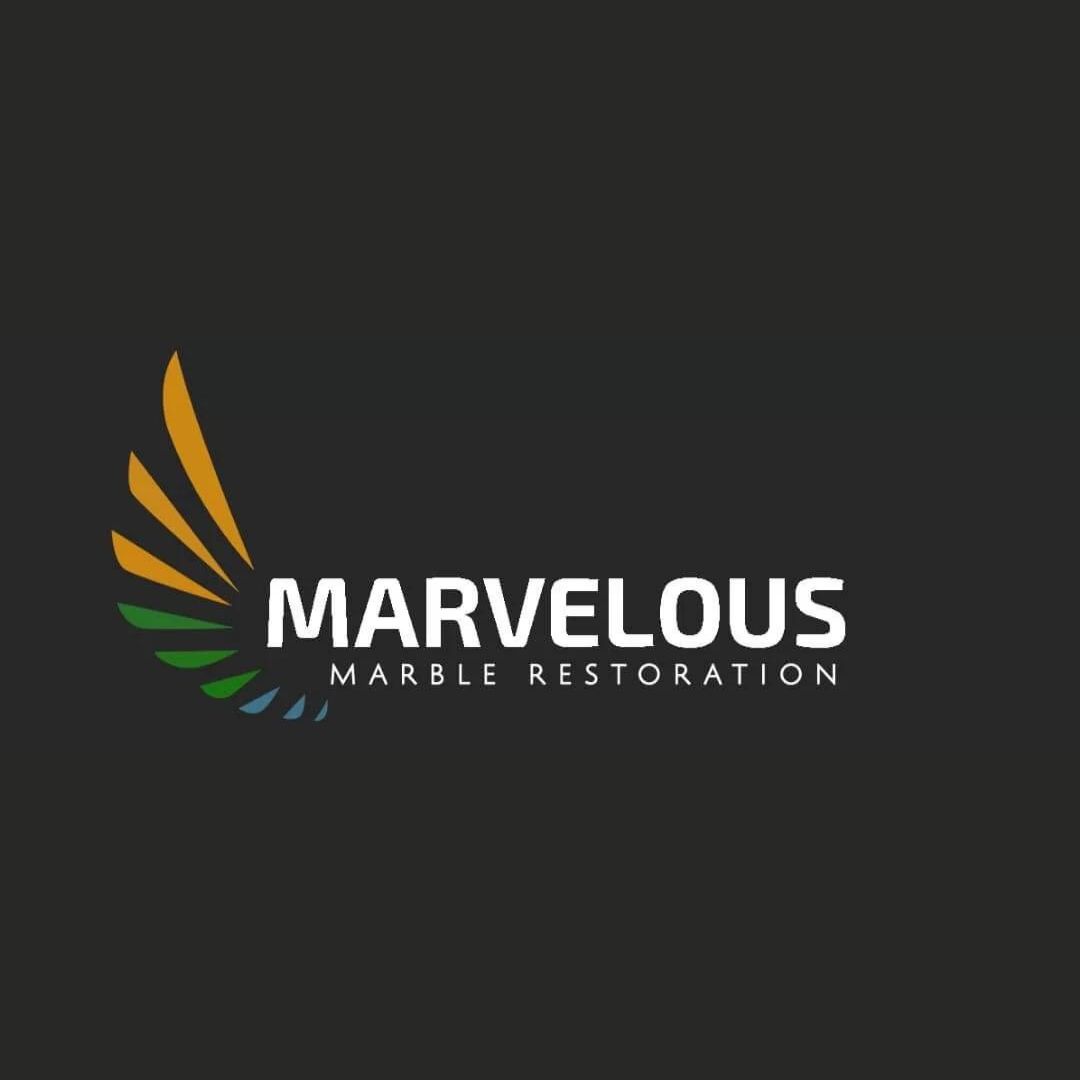
Process To Get High-Rise Building Cost Estimate Report
Here I am going to share some steps to get high-rise building cost estimate report.
-
You need to send your plan to us.
You can send us your plan on info@estimatorflorida.com
-
You receive a quote for your project.
Before starting your project, we send you a quote for your service. That quote will have detailed information about your project. Here you will get information about the size, difficulty, complexity and bid date when determining pricing.
-
Get Estimate Report
Our team will takeoff and estimate your project. When we deliver you’ll receive a PDF and an Excel file of your estimate. We can also offer construction lead generation services for the jobs you’d like to pursue further.

